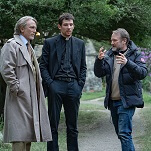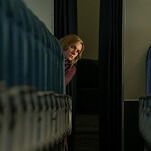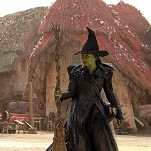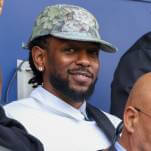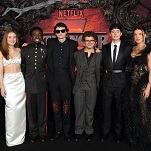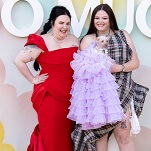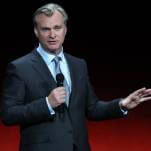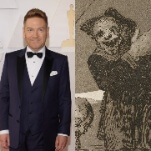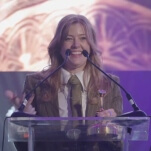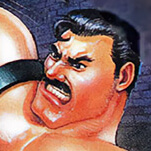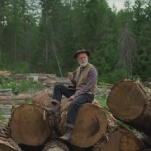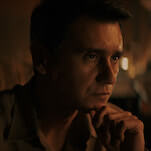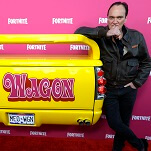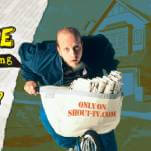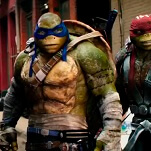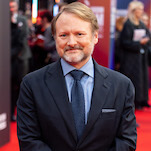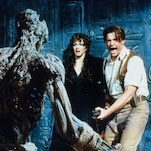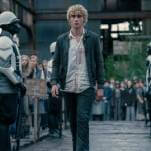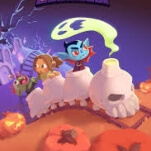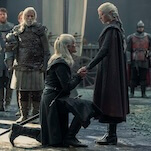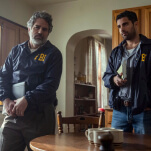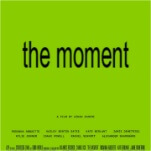The Muppet Christmas Carol keeps holiday (and Muppet) traditions alive

For the past three years, The A.V. Club has devoted the month of December to reflecting on our favorite holiday entertainments, and this year is no different. It’s a feature so nice, it’s never had the same name twice, and this year it’s the 12 Days Of Non-Denominational Winter Holidays.
A Christmas Carol is as old as the modern observation of Christmas itself, credited with reviving interest in the holiday and cementing its traditions and values for years to come. At this point, the phrase “the Christmas story” could refer to Charles Dickens’ novella and the birth of Jesus Christ: Since its first publication in 1843, A Christmas Carol has been adapted and re-adapted as frequently as that fateful night in Bethlehem. With its passage into the public domain, the tale of Ebenezer Scrooge and his three midnight visitors now belongs to anyone who celebrates Christmas, and its association with the day runs as deep as that of wandering carolers, holly berries, and Hershey’s Kisses ringing out “We Wish You A Merry Christmas.”
As with any holiday tradition, each new version of A Christmas Carol is vulnerable to the pitfalls of faithfulness and reverence. It doesn’t matter if you’re Alastair Sim or Bill Murray, a wood-carving-inspired illustration from Richard Williams’ pen or a caricature from Robert Zemeckis’ mo-cap vault of horrors: You will be stacked against the ghosts of Christmas Carols past, to be found worthy or wanting on the bases of memory and history. It’s a lot like our personal experiences with the holiday, expectations forged in the warm heat of nostalgia that never match up to how we “remember” Christmas, or how Christmas is “supposed to be.”
This is how tradition, like any other substance that isn’t properly maintained or meaningfully refreshed over time, grows toxic. This is also why The Muppet Christmas Carol may be the most important Dickens adaptation of our time. With dialogue that draws directly from Dickens’ words and the inclusion of typically omitted details (like a gradually graying Ghost Of Christmas Present), The Muppet Christmas Carol is unusually faithful to its source material. Grim, Dickensian realities are acknowledged within The Muppet Christmas Carol, yet all 85 minutes are infused with the energy and the imagination of the Muppets, which give a Christmas Carol a hearty enough shake to keep it from spoiling for a few more years.
That’s no small feat, considering the film’s timing. Adapting Dickens was one of the last Muppet projects conceived by Jim Henson prior to his death in 1990, and The Muppet Christmas Carol would be the characters’ first big-screen appearance without their creator. That sense of loss is compounded by the absence of Henson’s fellow performer Richard Hunt, who was battling HIV at the time of production and too ill to participate. Hunt died from complications of the disease nearly a year before The Muppet Christmas Carol’s 1992 release; the film is dedicated to his memory and Henson’s, their names being among the film’s first images.
And so the spirits watching over The Muppet Christmas Carol are real and imagined, and like the first gathering after a death in the family, the film finds members of the Muppet team slotting themselves into new roles. Making his feature-length directorial debut, Henson’s son Brian steps behind the camera; more visibly (and more precariously), Muppet Show and Fraggle Rock ensemble member Steve Whitmire puts in his first big-screen performance as Kermit The Frog. As this Christmas Carol’s Bob Cratchit, Whitmire’s Kermit fills the role of optimistic reveler, pushing past the miseries of 19th century London and celebrating Christmas in defiance of his miserly employer. This conception of Kermit is critical to overcoming the melancholy circumstances surrounding The Muppet Christmas Carol: A sign that the beloved character is in good hands, hands that know the character, love the character, and want to keep the character alive for new generations of Muppet fans.
